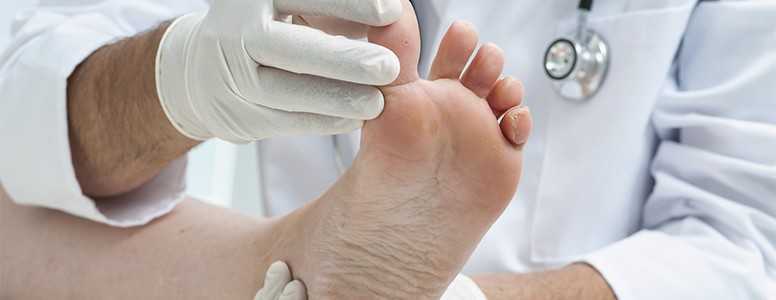A technique has been identified that could help predict whether certain people with type 1 diabetes are likely to develop polyneuropathy.
Polyneuropathy is damage to multiple areas of nerves outside of the brain and central nervous system, and because people with type 1 diabetes are more at risk of neuropathy, a team of Canadian scientists set out to investigate an alternative, faster method of diagnosis.
Researchers studied how a point-of-care conduction device (POCD) determined nerve health in older adults with type 1 diabetes. POCD’s are convenient and can be used more quickly than other nerve conduction studies, which require specialist training and equipment.
Previously, POCD’s have been studied in younger patients, the researchers noted, but advanced age was hypothesised to affect outcomes due to age-related changes in nerve health.
A total of 68 adults with more than 50 years’ duration of type 1 diabetes were studied along with 71 age and sex-matched control participants. A POCD was used to determine nerve conduction and prospectively identify polyneuropathy.
The results indicated that the POCD determined polyneuropathy in 82% of participants, with the remaining 18% requiring further tests, an outcome the researchers called “acceptable”.
“The diagnostic performance and POCD-specific thresholds in older adults with longstanding [type 1 diabetes] – despite any age-related changes in nerve conduction – were similar to those reported in younger adults with diabetes, implying that this device can be used as a valid screening test for polyneuropathy across broadly-aged adult populations,” said the authors.
Using this technique could therefore be valuable among people with longstanding type 1 diabetes at high risk of neuropathy who have not yet received any treatment. However, future research will be needed, particularly as the high prevalence of polyneuropathy diagnosed may not be representative of patients in general practice.
The findings have been published in the journal PLOS One.
What's new on the forum? ⭐️
Get our free newsletters
Stay up to date with the latest news, research and breakthroughs.







